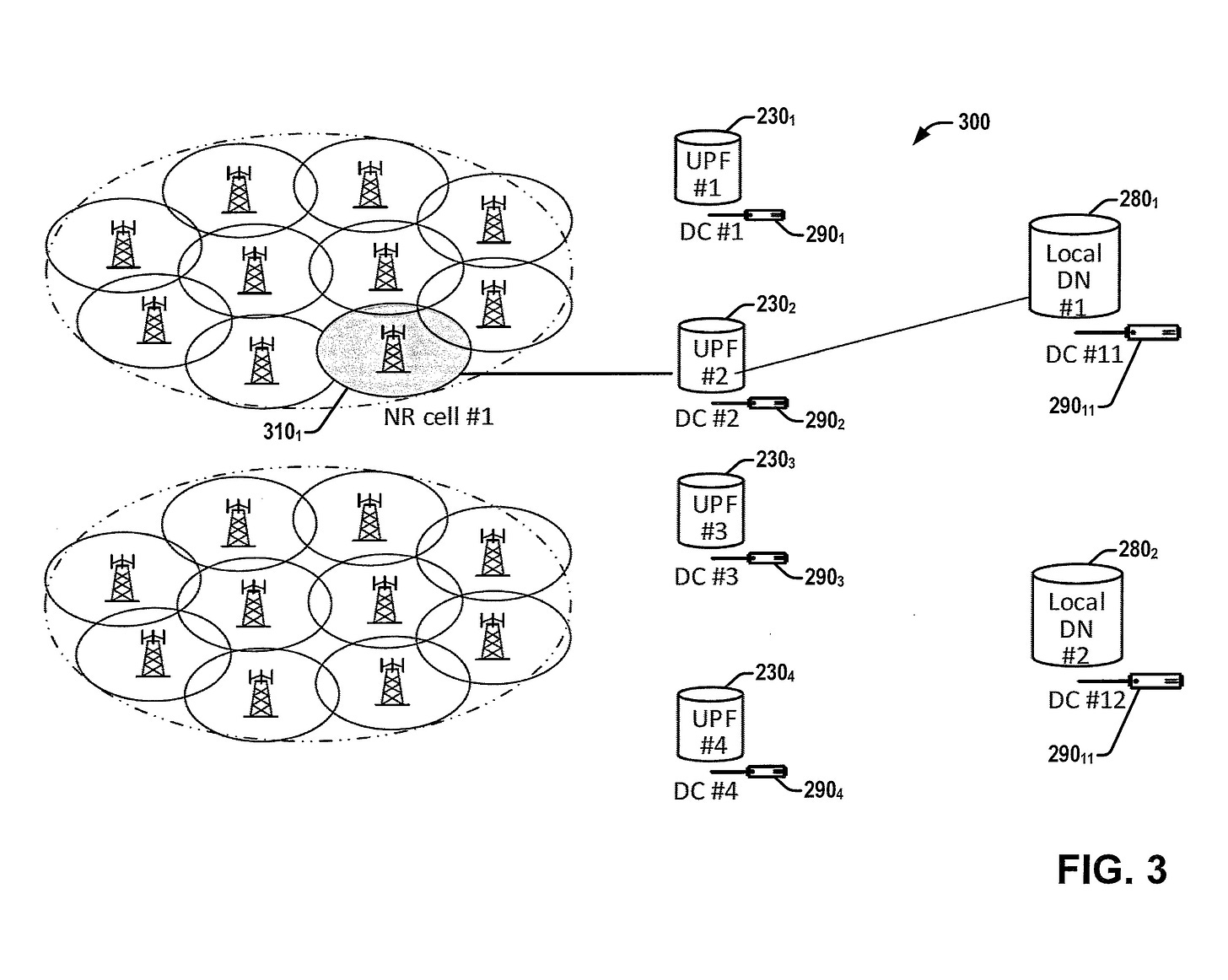For more crisp and insightful business and economic news, subscribe to The Daily Upside newsletter. It's completely free and we guarantee you'll learn something new every day.
Intel wants to be on the bleeding edge of edge computing.
The company filed a patent application detailing several ways that it aims to deploy edge computing. For reference, edge computing is a type of computing in which data is processed as close to its point of origin as possible, ergo, on the edge of the network. Essentially, rather than data being transmitted to a data center for whatever work needs to be done, the processing, analysis, or other operation is completed wherever the data is created.
Intel's patent essentially details how to string these edge computing devices together, Kevin Gordon, VP of AI technologies at NexOptic, told me. For example, say you have a network of thousands of sensors, cameras, or other devices that are all doing data processing on the devices themselves. Rather than transferring relevant data to the rest of the device network through a cloud or physical server, Intel aims to connect these devices so that they can share data among themselves.
This tech works with emerging 5G networks by essentially creating "subnetworks" of physical devices, Gordon noted.
"This patent is saying (Intel's) going to build edge devices and coordinate these edge device networks ... and figure out how to make all these edge devices communicate to each other in a meaningful way," Gordon said.
While this sounds esoteric, Intel laid out a few examples of how it may show up on the user end, including industrial controls and autonomous driving, with "ultra-low latency."

Edge computing is both young and old. A widespread example of this paradigm is the common smartphone. These devices collect user data, process it and offer functions using that data on the device itself. What's nascent is the application of this tech to a much broader array of functions, said Gordon.
Devices for security, manufacturing, agriculture and more are growing in sophistication, so that more data processing, analytics and operations are done on-device, limiting reliance on central servers. "You won't even need the central computers anymore, and you can do away with infrastructure there," Gordon said.
It's no secret that Intel has an interest in edge computing. The company offers edge implementations for manufacturing, retail and communications, with a client roster including Audi, CenturyLink and Etisalat. Intel's interest in creating devices with higher-level processing makes sense: Its main money maker is hardware and chips, and it's "getting beat up in the data center space" by cloud heavyweights like AWS and Microsoft Azure, Gordon said.
Edge computing, meanwhile, is predicted to see a higher growth rate than data centers in the next decade, he added. "I see them positioning themselves to take advantage of the growth in edge here."
Plus, Gordon said, with 5G networks still in the early days, Intel may be "putting its stake in the ground on how you can use 5G with these edge computing applications."


